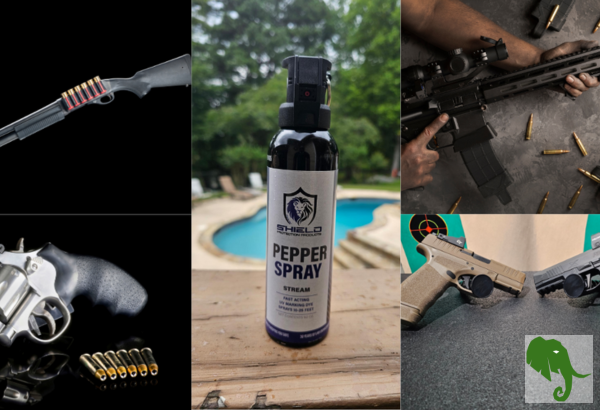
A few weeks ago, I was visiting our local firearms shop and overheard a customer discussing with one of the staff choices for a home defense weapon. The customer was looking at a Banshee 300 Blackout. They asked to see a couple of other AR options and then the customer asked, “what would you suggest for home defense”. As I expected him to do, the staff asked a series of questions to the customer to better understand his circumstance before giving a suggestion. There is no single correct answer to what the best home protection weapon is. In fact, for some people, a firearm may not be the best choice for home defense. Deciding on a home defense weapon should not be taken lightly. There are several factors that need to be considered when making your decision. We will discuss some lethal and non-lethal options and considerations for both to hopefully help in you deciding on a home defense tool.
Just a heads-up… There are one or more affiliate links contained in this post. Should you click on one and opt to make a purchase, we will receive a small compensation at no additional cost to you. Nothing has been gifted or sponsored; and we have not been paid to write this post.
What to Consider
First and foremost, if you’re considering a firearm for home defense, you must be fully prepared for the possibility of taking another human life. If you are not sure or willing you can accept this possibility, then maybe a firearm is not the best option for you. Although this blog is geared toward using a firearm for home defense, there are many non-lethal options. We will not go into detail but rather just name a few options for you.
If a firearm is your preferred tool for home defense, then the below are some considerations
Your housing situation significantly influences your choice of a home defense firearm. In multi-family dwellings with shared walls, floors, or ceilings, your personal safety isn’t the only concern—you also need to consider your neighbors’ safety and the risk of accidentally discharging gunfire in their direction.
When selecting a home defense firearm, consider how different rounds may penetrate walls and affect those beyond your intended target.
It’s important to recognize how different types of ammunition may penetrate walls, especially when thinking about where you’ll be during a home intrusion and where your family will find safety.
Shooting a firearm in an enclosed space without hearing protection is very different from firing at the range. The overwhelming sound can cause sudden hearing loss and disorientation, potentially leaving you vulnerable during a home invasion
Non-Lethal Home Defense options
- OC/Pepper Spray – Pepper spray is a versatile and popular self-defense tool, designed to cause temporary severe irritation to the eyes, skin, and respiratory system, giving you a critical opportunity to escape. Available in different sizes, it’s convenient for carrying in a purse or pocket.
- Taser or Stun Gun– While often confused as the same device, Stun guns and Tasers are distinct in how they function. Stun guns are effective only at close range, whereas Tasers allow you to defend yourself from a distance of up to 15 feet or more. Though they share the goal of personal protection, their operational differences are significant.
- RAM/TE4/Less Lethal Pistols– These are devices that typically are designed to look like a pistol, revolver or rifle but fire a non-lethal projectile. They are intended to incapacitate without causing permanent injury or death. Some common rounds are:
- Impact – Designed to cause pain in the impact area
- Intense sound and/or light- commonly known as a flash-bang round
- Irritant Chemical – Includes pepper spray or tear gas
- Kubotan – A short (less than 5.5 inches), thick, hard plastic or metal pole that is usually attached to a keychain. They are used to strike the body’s boney, fleshy, and nerve-filled areas. They can intensify the power of a punch and potentially break bones
This is not a conclusive list of non-lethal weapons, but it provides you with ideas when lethal force is not desired, and you are not willing to take a life.
Use Shield Protection Promo Code: OGS15 to get 15% off your purchase (excluding bundles/packages). Shop Shield Protection Products to purchase some of the best pepper spray on the market. Consider their inert trainer as well.
Lethal Home Defense Options
When deciding on a home defense tool, lethality is something to weight and decide if you are even capable of using lethal force. There are many lethal weapons one can use for home defense, such as knives, axe, club, or even a blackjack. However, when deciding to use a firearm for home defense you need to consider what type of firearm to use. Keeping in mind the above considerations, they should weigh in on your choice for the type of firearm you chose. Regardless of your choice, caliber size is a major consideration. Self-defense ammunition should be used rather than ball ammo as it allows the round to go deep enough to reach vital organs, without over penetration.
Shotgun
As a home-defense weapon, the shotgun stands out for its power and versatility, but it’s essential to choose one that matches your comfort and capabilities. The heavy recoil of a shotgun, especially a 12-gauge, can be a limiting factor for some. Caliber is another critical consideration. A 12-gauge slugs or 00 buckshot is more likely to penetrate walls, posing a risk in a multi-family dwelling. In contrast, birdshot like 7-shot offers reduced recoil but may struggle to stop a determined intruder. You should also think about the gauge—while the 12-gauge is common, smaller options like 18 or 20-gauge provide sufficient stopping power with more manageable recoil.
Semi-Automatic Pistol
When considering a semi-automatic pistol for home defense, several factors play a crucial role in ensuring its effectiveness. First, the caliber choice should align with your comfort level and the potential need for stopping power, balancing between manageable recoil and effectiveness. Understanding the potential for over-penetration in your home environment is vital in your caliber decision, as some ammunition types can travel through walls and pose risks to others in your household.
A full size pistol will allow for proper sight alignment is essential for accurate shooting under pressure. Selecting a reliable design, such as a manual or grip safety for example can make all the difference in critical moments.
Magazine capacity is another important consideration, as a higher capacity allows for more rounds before needing to reload, which can be advantageous in high-stress situations. Many modern pistols offer the ability to add accessories, such as lights, lasers or red dots, which can enhance visibility and aiming in low-light conditions. If you choose a semi-automatic pistol, be sure to familiarize yourself with clearing the weapon in case of malfunction. Regular practice ensures you can handle it confidently when it matters most.
Revolver
While it may not be my personal choice, the revolver is a popular option for home defense. One of its primary advantages is reliability; revolvers are less susceptible to jamming or malfunctioning due to their simpler design and fewer moving parts compared to semi-automatic pistols. The most common types of revolvers are single-action (SA) and double-action (DA).
Single Action Revolver (SA)
In a single-action revolver, pulling the trigger performs only one action: releasing the hammer to strike the firing pin or primer. Before firing, the shooter must manually cock the hammer. Because the trigger’s sole function is to release the hammer, the trigger pull on single-action revolvers tends to be light and crisp.
Double Action Revolver (DA)
With a double-action revolver, two actions occur with a single trigger pull: cocking the hammer and releasing it to fire the weapon. Unlike single-action revolvers, double-action models can be fired without manually cocking the hammer. However, the trigger pull for double-action operation is typically heavier and longer due to the additional action required.
Understanding how a revolver operates is crucial when choosing the type of revolver that best suits your needs. Capacity is another important factor; most revolvers hold six rounds, which can make reloading slower compared to a semi-automatic pistol that uses a magazine. Furthermore, it’s essential to consider the type of ammunition you’ll use, as some rounds are better suited for home defense, offering a balance between stopping power and reduced risk of over-penetration.
Lastly, the revolver’s ease of use is a notable advantage for those who may be less experienced with firearms. With minimal training, users can become proficient, making it a viable choice for self-defense. However, it’s crucial to practice regularly to maintain familiarity and confidence with your chosen weapon.
Long Gun
While it should be less considered for living in multi-family units, the long gun can still serve a valuable role in home defense. For this discussion, “long gun” encompasses both rifles and carbines. Carbines, which feature a shortened barrel, are typically compact versions of longer rifles or chambered for less powerful cartridges, making them easier to maneuver in close-quarter scenarios, such as within a small house or apartment.
Rifles are generally known for their larger calibers, such as 5.56, .223, .308, or 7.62 x 39mm (often associated with the AK-47). Both rifles and carbines can also be chambered in pistol calibers like 9mm, .357, .40, .45, or 10mm, providing flexibility in ammunition choice. Your selection of a long gun should depend on your specific situation and environment. Larger caliber rifles are best suited for open areas, such as single-family homes on larger properties, while carbines in pistol calibers can offer a good balance, combining the advantages of both a rifle and a pistol.
One notable advantage of long guns is their higher magazine capacity compared to other firearms, which can be crucial in a defensive situation. Additionally, because they are typically fired from the shoulder, long guns provide greater stability, enhancing accuracy during high-stress encounters. However, it’s important to consider the potential for over-penetration, especially in a multi-family setting, as some rounds can easily travel through walls and pose risks to neighbors.
Conclusion
Everyone’s individual needs for home defense vary significantly based on their living situation and perceived threats. When deciding on a home defense tool, it’s crucial to thoughtfully evaluate how you plan to protect your home, whether from potential intrusions or other dangers. The decision to choose a non-lethal or lethal weapon is deeply personal, reflecting your values and comfort level.
Once you identify your preferred home-defense tool, consistent practice is essential to ensure proficiency and confidence. If you’re opting for a firearm, remember to always handle it safely keeping it clear and unloaded while familiarizing yourself with its operation. Seeking advice from trusted individuals can also provide valuable insights when making your decision, and always test-fire any weapon before making a purchase.
Ultimately, your home should be a sanctuary, a place where you feel safe and secure. By taking the time to prepare and practice, you can fortify that security and achieve peace of mind for you and your loved ones.
Related Content

Enhancing Security Outside Your Home
In this two-part series, we’ll explore practical ways to enhance safety and security in and around your home. This post focuses on exterior measures you …
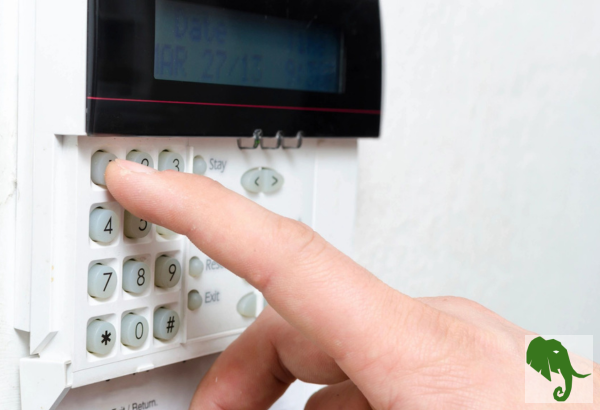
Enhancing Security Inside Your Home
This is the second post in our series on making your home safer. We covered making the exterior of your home more secure in our…
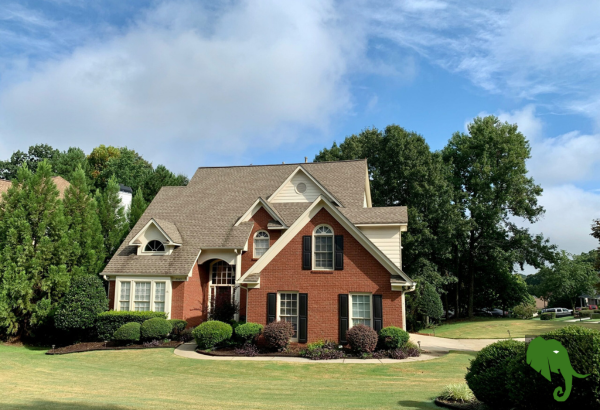
How to Make Your Home More Secure
Overview Season 1, Episode 7 We dive deep into practical and actionable strategies to make your home more of a fortress of safety. We take …
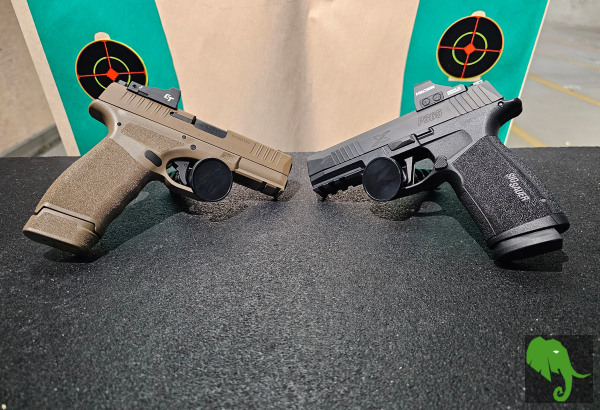
Sig Sauer P365 XMacro and Springfield Hellcat Pro Comparison
This summer, I decided to switch to a micro-compact pistol for my everyday carry (EDC). This was a change from the compact EDC I typically…
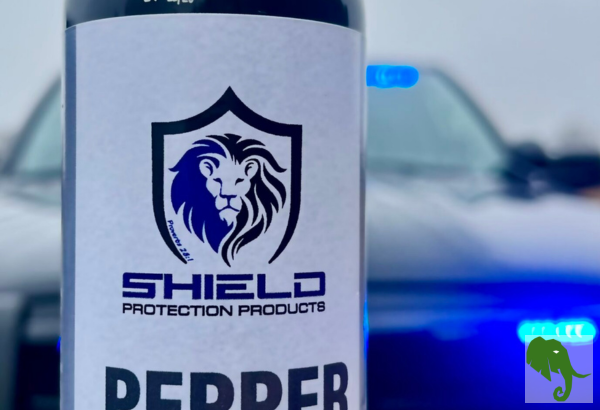
Everything You Wanted to Know About OC/Pepper Spray
Whether you carry OC (Oleoresin Capsicum) or pepper spray for self-defense, it’s crucial to understand how to use it effectively. While many people purchase pepper …

Read other OwnGuard Solutions blog posts
Read our other posts centered around being safer and better prepared.

